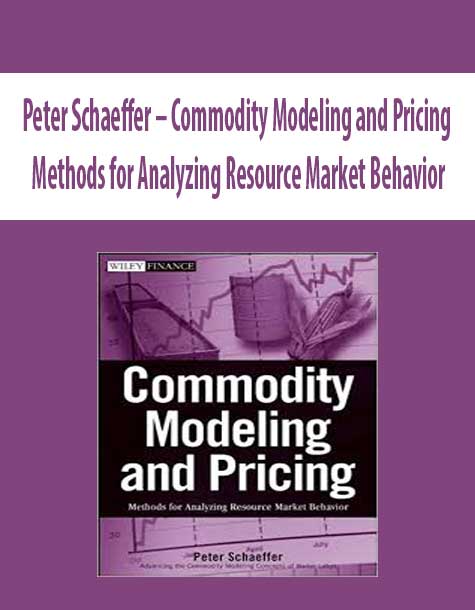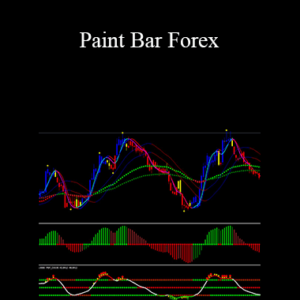Peter Schaeffer – Commodity Modeling and Pricing. Methods for Analyzing Resource Market Behavior
“It is a pleasure to see this important book in print. There is deep knowledge concerning particular industries behind the analysis in many of these contributions. From my perspective, the combination of strong econometrics and strong industry-based analysis is hard to beat.”
―Frank Giarratani, Director and Professor of Economics, University of Pittsburgh
“Walter Labys arrived at the University of Nottingham soon after I had finished a book on the predictability of stock market prices with Oskar Morgenstern, and so I suggested that Walter apply the same approach to the set of speculative markets involving commodities. The result was a huge success; many of the prices seemed to be well approximated by random walks but plenty of other relationships were discovered. Commodity Modeling and Pricing extends the area of study to a wider class of questions as a great range of data and several new generations of econometric techniques have become available. The whole area of commodity modeling will clearly continue to expand in width and depth.”
―Sir Clive W. J. Granger, University of California–San Diego, Nobel Prize Winner in Economics–2003
“This is an impressive collection of essays applying the latest methods for analyzing commodity market behavior. How far this field has come!”
―F. Gerard Adams, Emeritus Professor, University of Pennsylvania
How to effectively analyze, model, and forecast today’s commodity markets
Commodity Modeling and Pricing offers a collection of studies―by some of the world’s leading economists―that will serve as a complete guide to resource commodity behavior. Each study provides state-of-the-art analysis on the modeling of commodity markets and prices and on the application of these methods to agriculture, energy, minerals, and the environment.
This book first considers the way in which commodity prices exhibit nonlinear, cyclical, or chaotic fluctuations over time. It then moves on to emphasize how market disequilibrium reflected in inventory adjustments affects this price behavior. With a fine balance between theoretical and empirical research, these essays point to new ways in which the dynamic―if not unstable―nature of commodity markets can be dealt with, not only in terms of individual market activity but also in terms of their interactions with the economy and the environment.
Filled with in-depth insights and expert advice, Commodity Modeling and Pricing contains the information you need to excel in this demanding environment.
Delivery Method
– After your purchase, you’ll see a View your orders link which goes to the Downloads page. Here, you can download all the files associated with your order.
– Downloads are available once your payment is confirmed, we’ll also send you a download notification email separate from any transaction notification emails you receive from coursesblock.com
– Since it is a digital copy, our suggestion is to download and save it to your hard drive. In case the link is broken for any reason, please contact us and we will resend the new download link.
– If you cannot find the download link, please don’t worry about that. We will update and notify you as soon as possible at 8:00 AM – 8:00 PM (UTC 8).
Thank You For Shopping With Us!




![[Download Now] Candlecharts Academy – Swing Trading 2](https://coursesblock.com/wp-content/uploads/2024/10/Swing-Trading-2-Candlecharts-Academy-1-300x300.png)


